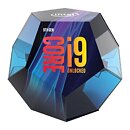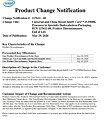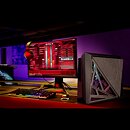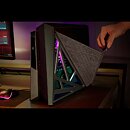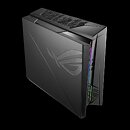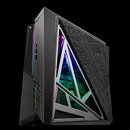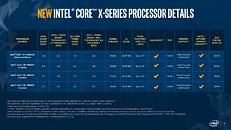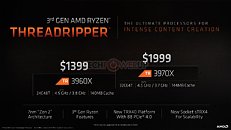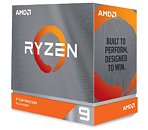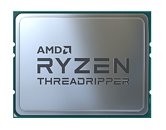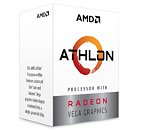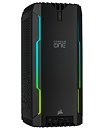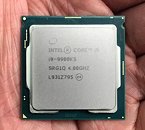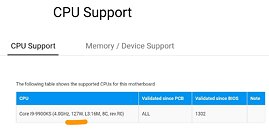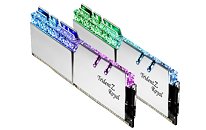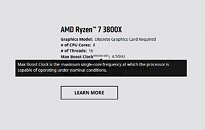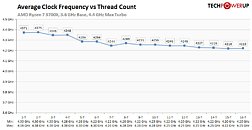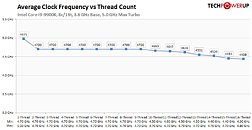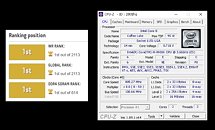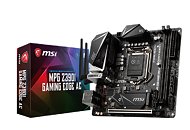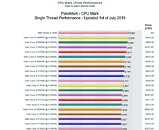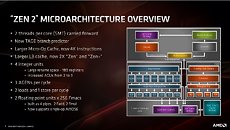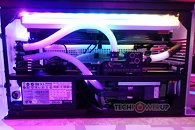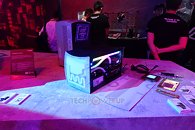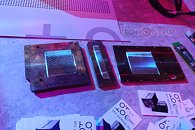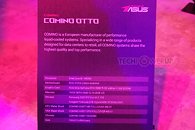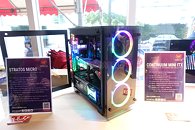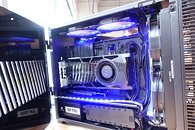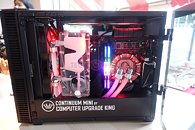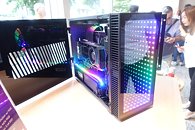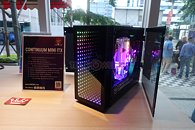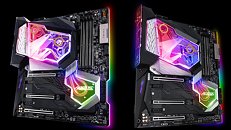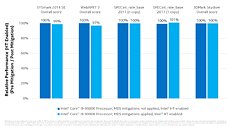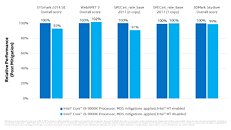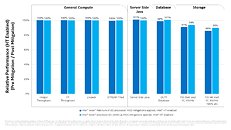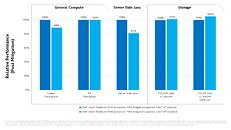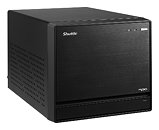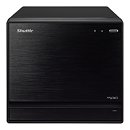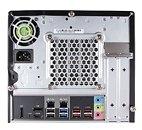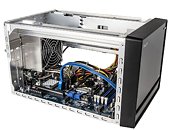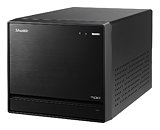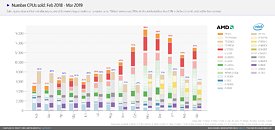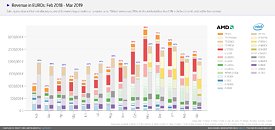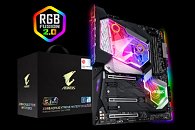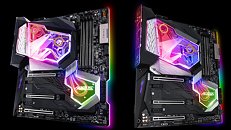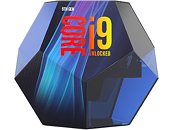ASUS launched its ROG Huracan G21 mini gaming PC a long time ago intending to provide a small form factor gaming machine. Today, ASUS decided to update the Huracan with the latest hardware available. Inside a 17.7 liter chassis measuring 129.9×372.4×366.1 mm, ASUS managed to pack some powerful hardware. Starting with CPU, the ROG Huracan G21 is a house to Intel's Core i9-9900K 8 core, 16 thread CPU. There are also configurations available with Intel Core i7-9700K and Core i5-9400 CPUs. The CPU is installed on Mini-ITX Z390 motherboards made by ASUS, so it is technically possible to overclock it, however with an inadequate cooling solution for that it is not recommended.
To make a gaming PC, you need to have a good GPU to push all the framerates, and ASUS opted to equip the G21 with up to NVIDIA GeForce RTX 2080 graphics card with a blower-type cooler. Other options include GeForce RTX 2070 and RTX 2060 GPUs as well. For storage, there are quite a few options. There is one M.2 SATA SSD which can range from 128 GB to 512 GB in capacity. In addition to a 3.5-inch HDD that is available in 1 TB and 2 TB capacity, there is a hot-swap bay for a 2.5-inch drive. As far as the main memory goes, there is room for up to 32 GB of DDR4 2666 MHz memory. For IO, two USB 3.1 Gen 2 Type-A and one USB 3.1 Gen 1 Type-C port is available on the front of the chassis. In the back, there are two USB 3.1 Gen 2 Type-A ports, along with four USB 3.1 Gen 1 Type-A ports. Video outputs are dependant on which graphics card is equipped in a given configuration. Additionally, to power this PC, ROG Huracan G21 relies on external power adapters that come in 180, 230, or 280 Watt options that again depend on the configuration of the machine. It is also worth pointing out that for audio, the G21 uses Realtek ALC1150 with ESS DAC and amplifier. Support for RGB is not lacking and of course, and it is compatible with ASUS Aura Sync software.



